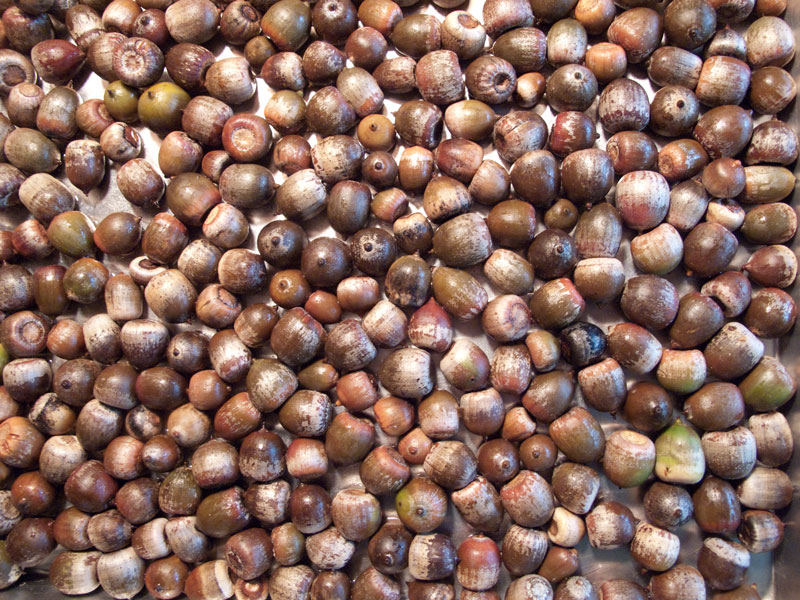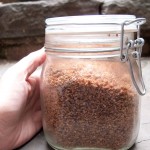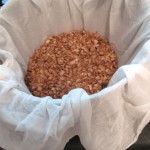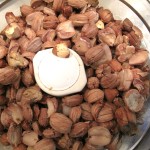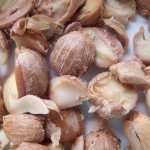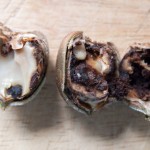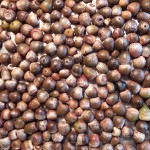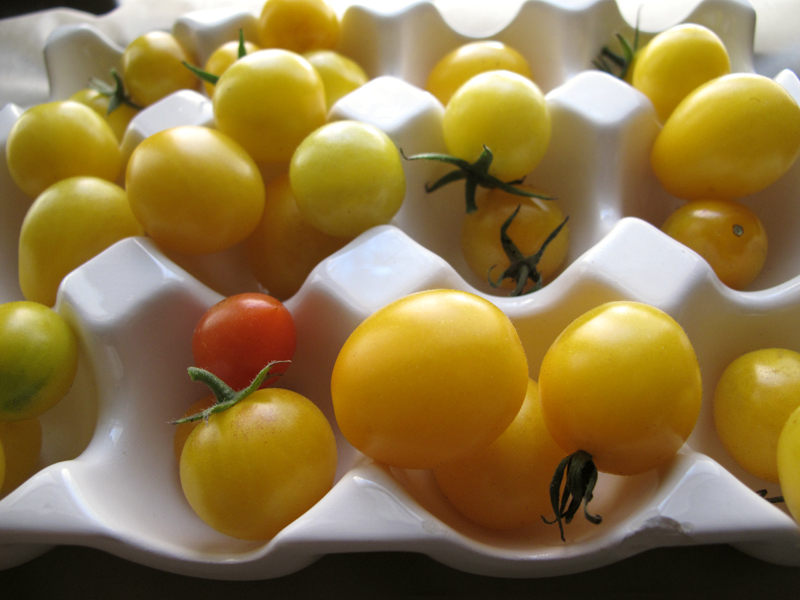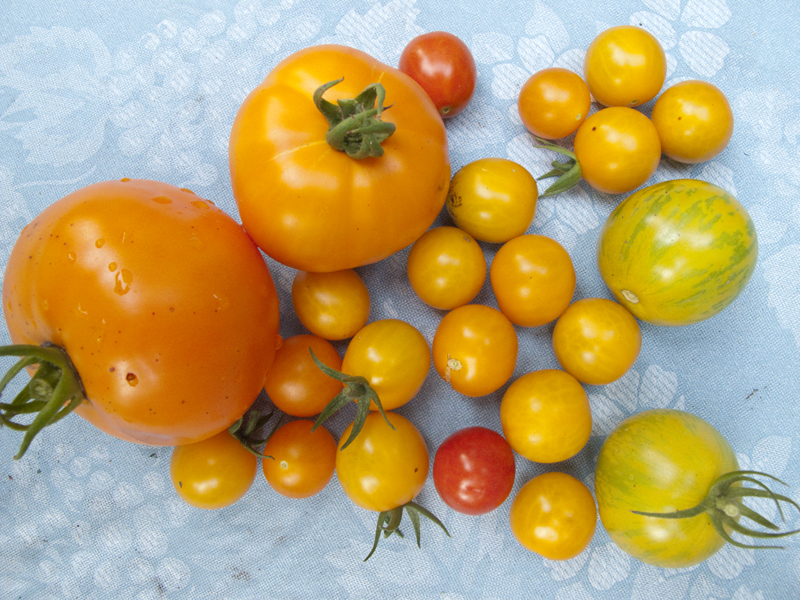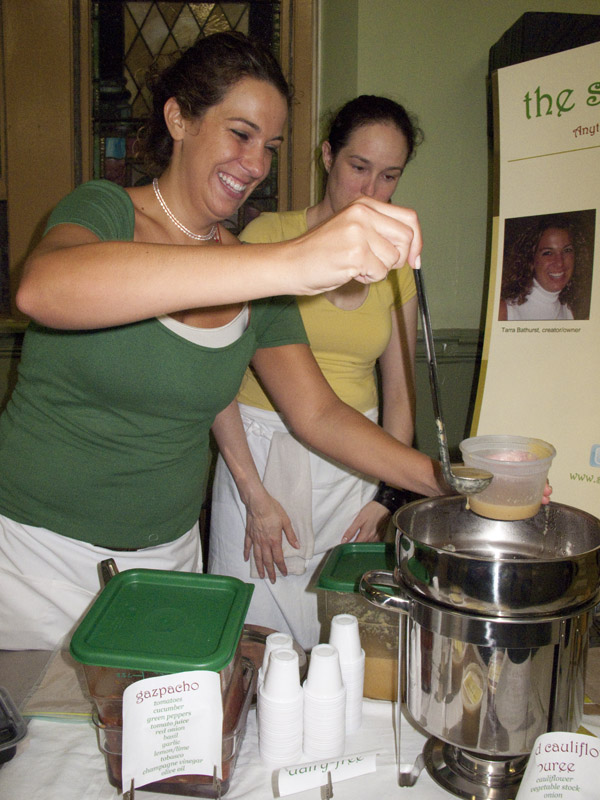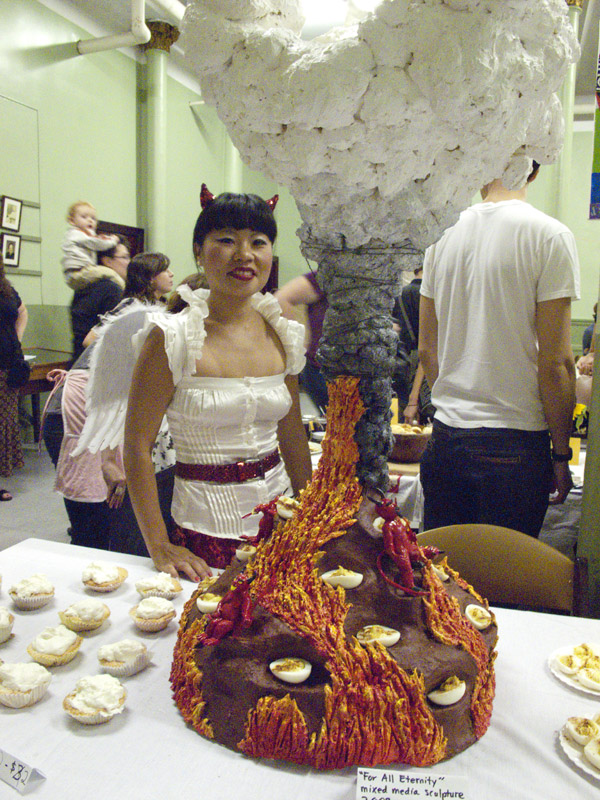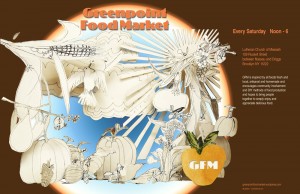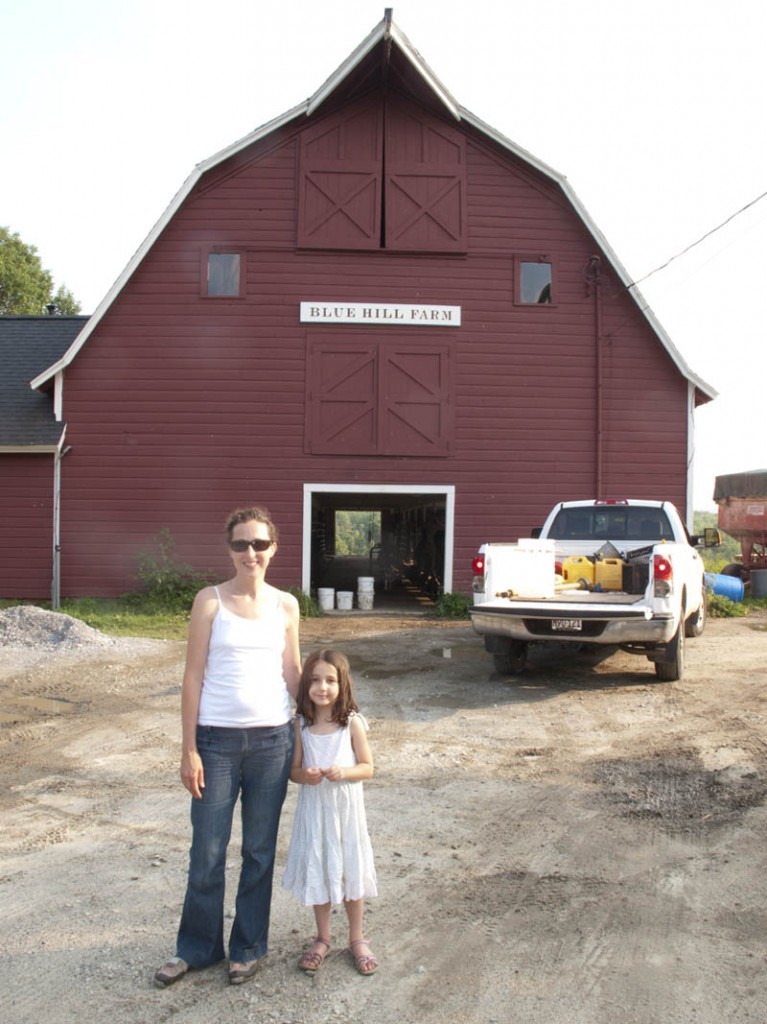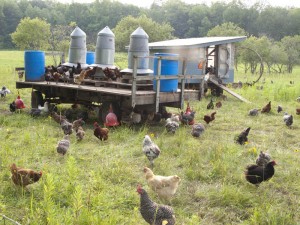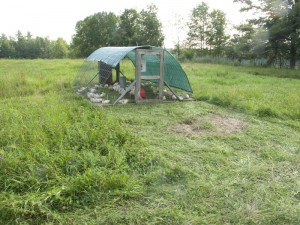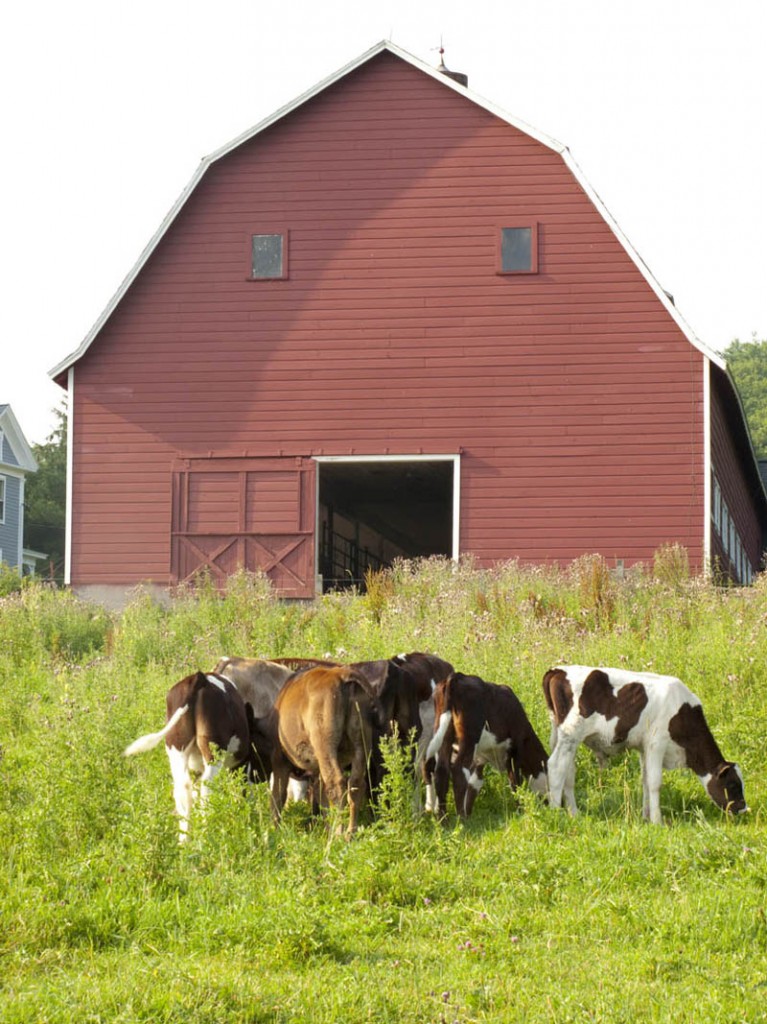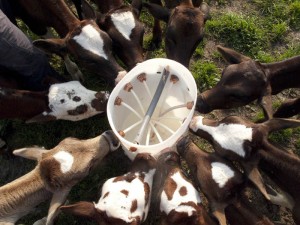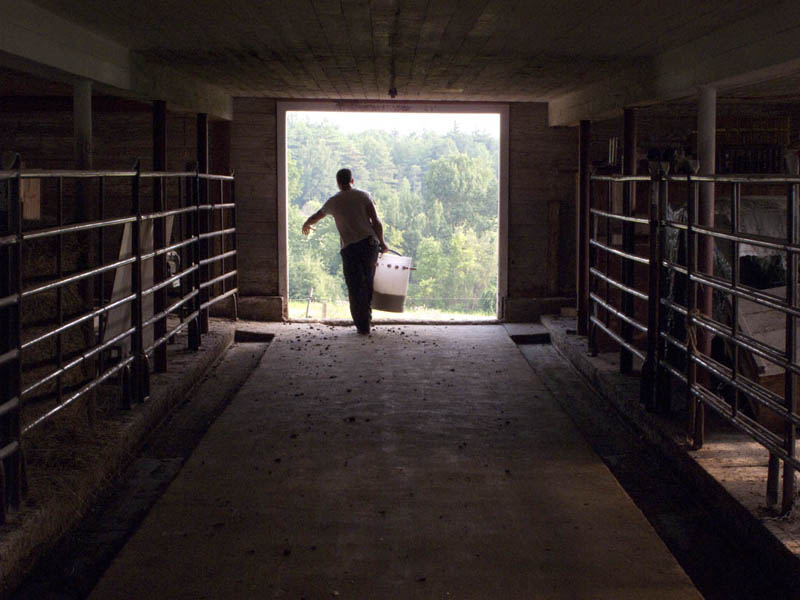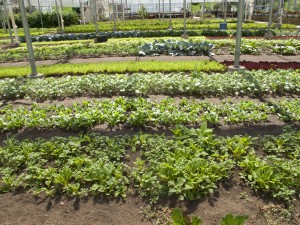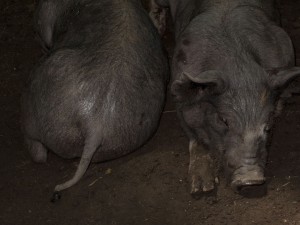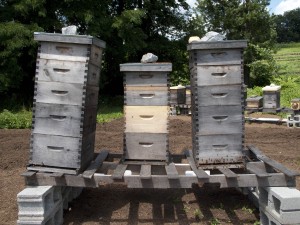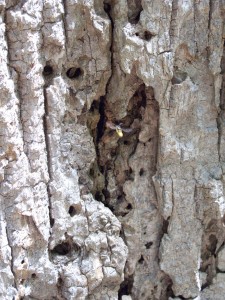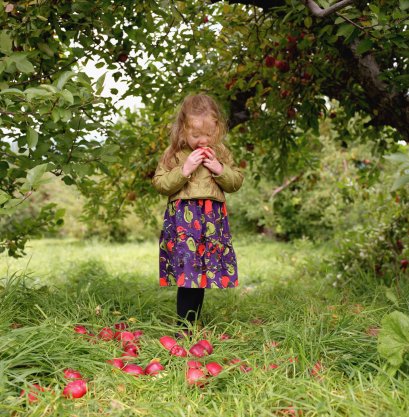When you are interested in foraging, you really have to pay attention to the seasons. If you read about ramps in the winter, you are going to have to wait until spring to find them. Shopping at grocery stores seems to have made us forget that certain things grow at certain times of year. At least locally, that is. I had read about making acorn flour a while ago, but it wasn’t acorn season. I forgot all about it until I saw Stephanie mention it in her blog. I was going up to the Berkshires for the weekend and it was the right time of year for acorns.
We went on a hike and I brought a backpack along to gather nuts. I had no idea how many I would need, so I summoned my inner squirrel and kept gathering and filling my bag. When we got home, I weighed the nuts I had found and had 8lbs. After pulling off the tops and discarding the ones that had worm holes in them I had 6lbs. I read in a couple of places that you place the acorns in water and the ones that float aren’t viable. I tried that and almost all of mine floated. I decided to check inside and see what they looked like. Some were bad, but most were good, so I decided to skip that theory.
Now comes the gross part…grubs! Many of the acorns had grubs. The fat, white, wiggly things totally grossed me out, so I decided to bake the acorns at 170 degrees F to kill them. A dead grub is still gross, but a wiggling one is much worse.
After discarding the acorns that were discolored or had grubs in them I think I was down to about 2-3 lbs. Acorns are full of tannins, so you have to soak them for several days to remove the bitterness. I tried soaking them when they were chopped, but thought that the water wasn’t getting to the inside of the acorn meat. I ran them through a meat grinder to chop them smaller.
- finished acorn flour
- acorns ready to chop
- shelled acorns
- bad acorns with grubs
- acorn grub
- worm hole
Directions for how to make acorn flour:
- Gather a ridiculous amount of acorns
- Discard any that have obvious problems (squirrel bites or worm holes)
- Bake acorns at 170F for 1 hour to kill grubs
- Shell acorns tossing out any that are discolored or have grubs. It is pretty obvious which ones are good and which ones aren’t
- Grind acorns in a food processor, or a meat grinder
- Wrap in several layers of cheesecloth and soak in water. You will need to do this for several days, until the meat isn’t bitter.
- Lay the acorn flour on a pan and either dry in the sun, or in the oven on the lowest setting. Make sure it’s completely dry or it will mold.
I will post some recipes within the next few days.

